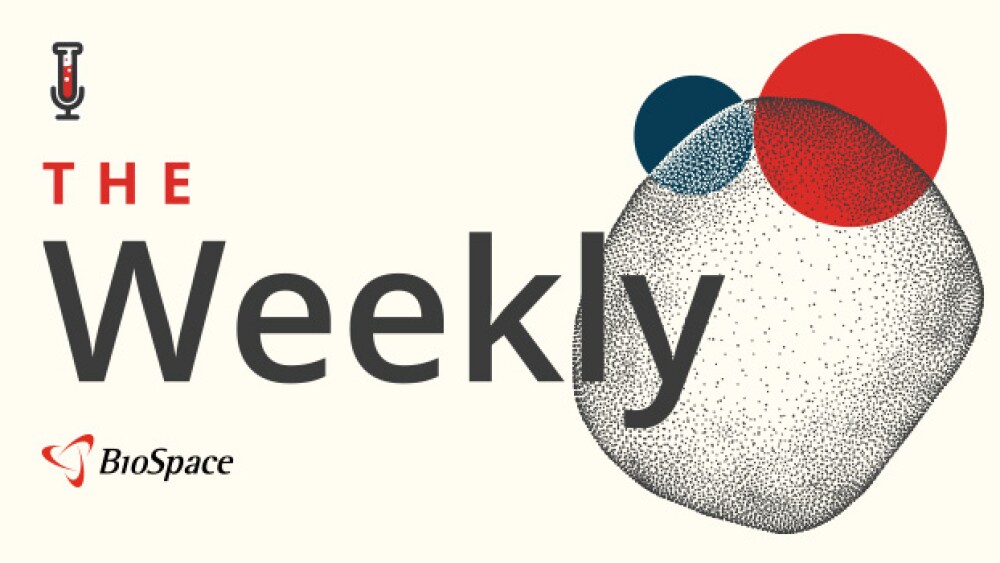The new LipiFlow®console incorporates an enhanced graphical user interface by controlling pressure and displaying the treatment temperature, pressure sequence and treatment time remaining. The new LipiFlow® also allows physicians to store a record of the treatment on the device and on electronic medical record servers, eliminating the need to manually document the treatment in patient records. LipiFlow®’s second generation product also allows physicians to treat two eyes simultaneously. Time savings achieved by performing a bilateral treatment is beneficial for both busy physicians and patients alike.
“We are pleased to have received FDA clearance for the second generation LipiFlow® to offer to our current and future customers,” said Tim Willis, chief executive officer and co-founder of TearScience. “The improvements in this next generation LipiFlow® reflect TearScience’s commitment to innovation. TearScience expects to provide many more enhancements that will assist physicians in treating dry eye sufferers efficiently, effectively and profitably.”
TearScience’s second generation LipiFlow® product will be commercially available in March 2012. Physicians currently using TearScience’s first generation LipiFlow® will be upgraded to the new system.
TearScience sells its LipiFlow® and LipiView®Ocular Surface Interferometer devices as a system for eye care practices. The LipiView® enables physicians to visualize the eye’s tear film. LipiView® won the 2011 Medical Design Excellence Award.
About TearScience, Inc.
Headquartered in Morrisville, North Carolina, TearScience has pioneered devices that provide significant clinical improvement in the treatment of evaporative dry eye. Of the more than 100 million dry eye sufferers worldwide, approximately 80 percent have evaporative dry eye, which is caused by meibomian gland dysfunction (MGD) and a lipid deficiency of the eye’s natural tear film. The Tear Film and Ocular Surface Society (TFOS) workshop, involving two years of work by 50 leading experts from around the world, concluded that MGD is an under-estimated condition and is very likely the most frequent cause of dry eye disease. Common symptoms of the disease include eye irritation, dryness, redness, tiredness, and visual disturbances. TearScience’s integrated, in-office system enables eye care professionals to effectively address a root cause of evaporative dry eye, obstructed meibomian glands. For additional information, visit www.tearscience.com.
Contacts
TearScience
Mary Hecht-Kissell, 919-459-4803
mhkissell@tearscience.com




